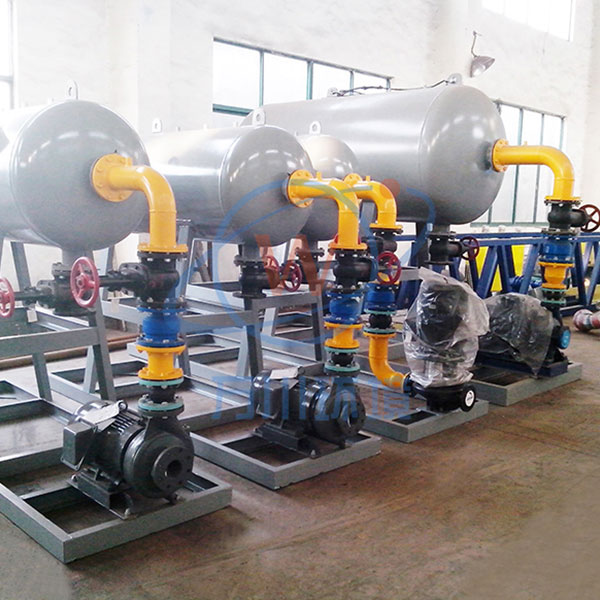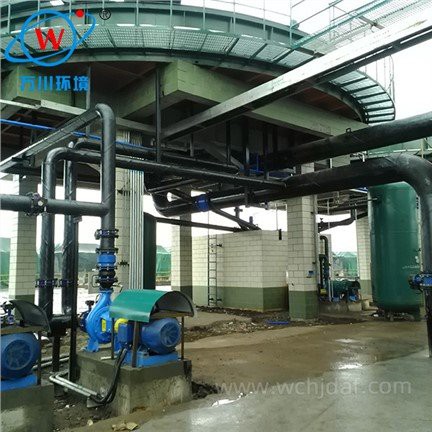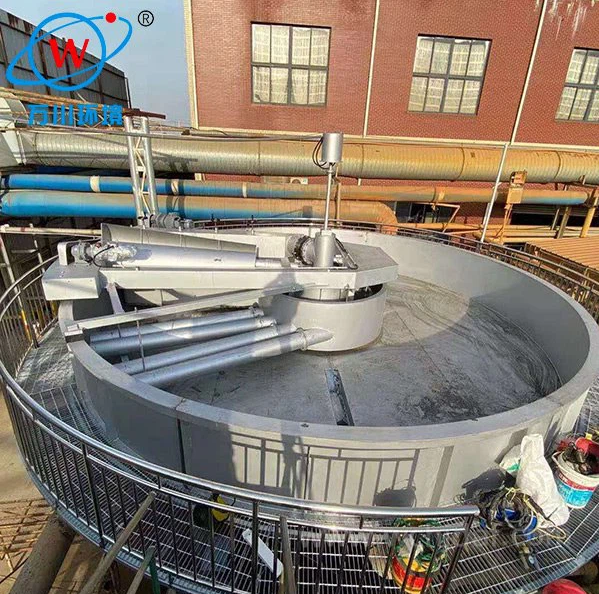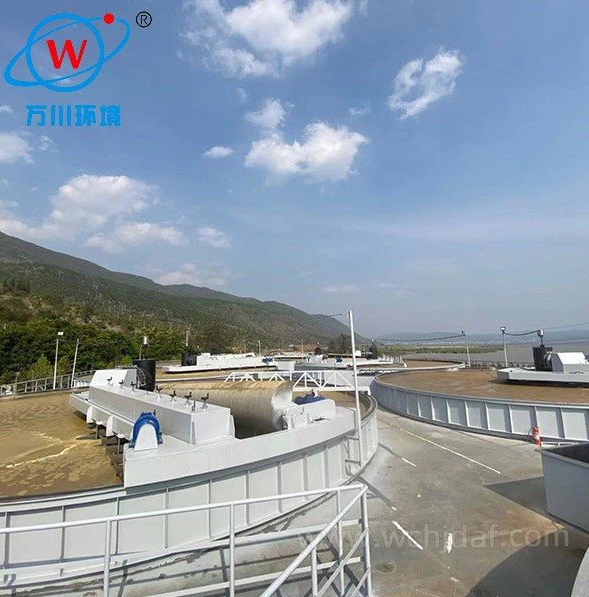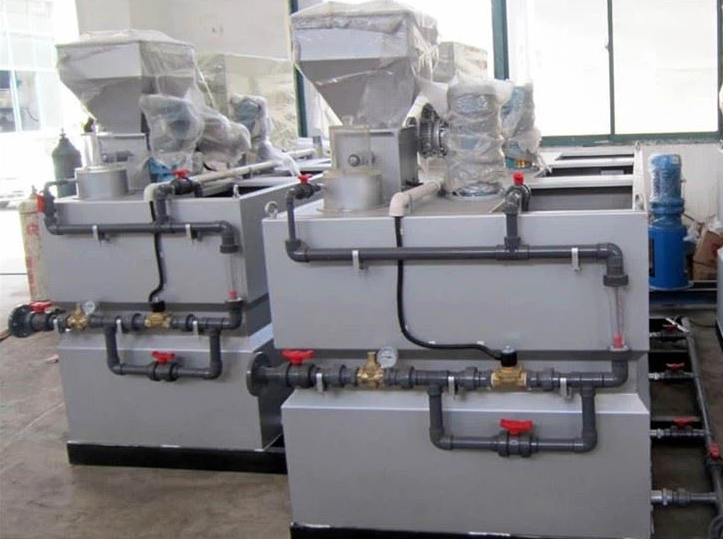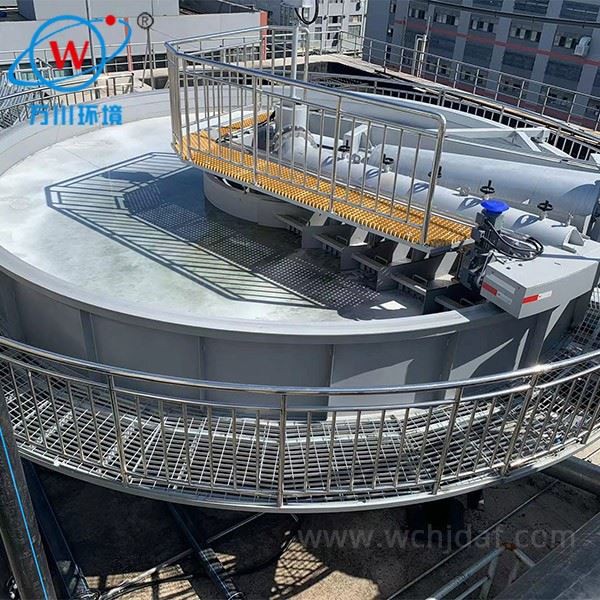Cleaning equipment: After work every day, use a clean rag or broom to clean the dust, stains and surrounding debris on the surface of the equipment, keep the equipment clean and tidy, and avoid debris accumulation affecting the operation and heat dissipation of the equipment.
Check the shell and connection parts: carefully check whether the equipment shell is damaged or deformed, and check whether the connecting bolts and nuts between the components are loose. If the shell is found to be damaged, it should be repaired in time to prevent the internal structure from being eroded by the external environment; for loose connectors, use appropriate tools to tighten them to ensure the stability of the equipment structure.
2. Maintenance of key components
Dissolved air system: Regularly check the water level in the dissolved air tank to ensure that the water level is within the normal range to avoid affecting the dissolved air effect due to abnormal water level. Clean the impurities in the dissolved air tank once a week to prevent impurities from accumulating and clogging the pipeline. At the same time, check the amount of lubricating oil in the air compressor. When the oil level is too low, add lubricating oil that meets the specifications in time to ensure the normal operation of the air compressor and provide compressed air stably.
Scraper: Check whether the scraper of the scraper is damaged or deformed. If so, replace or repair it in time to ensure the scraping effect. Clean the impurities adhering to the scraper regularly to avoid affecting the scraping efficiency. In addition, adjust the tension of the scraper chain to ensure smooth operation of the chain, prevent problems such as tooth skipping and chain derailment, and regularly add lubricant to the chain and various transmission parts to reduce wear.
Release: The releaser is a key component for the release of microbubbles by dissolved air water. It needs to be checked and cleaned every week to prevent blockage. If the releaser is found to have signs of blockage, it can be rinsed with a high-pressure water gun or disassembled and soaked in chemicals to ensure that the dissolved air water can release microbubbles evenly and smoothly to maintain a good flotation effect.
3. Maintenance of the reagent system
Dosing device: Check whether the dosing pump is operating normally and whether there is any leakage. Clean the filter of the dosing pump regularly to prevent impurities from entering the pump body and affecting the dosing accuracy. At the same time, calibrate the flow of the dosing device to ensure that the amount of reagent added is accurate.
Reagent storage: Check whether the reagent storage tank is well sealed to prevent the reagent from getting damp and deteriorating. For reagents with a shelf life, the first-in-first-out principle should be followed to avoid using expired reagents to affect the treatment effect. Clean the precipitated impurities at the bottom of the storage tank regularly to keep the reagent pure.
